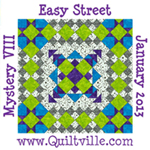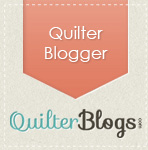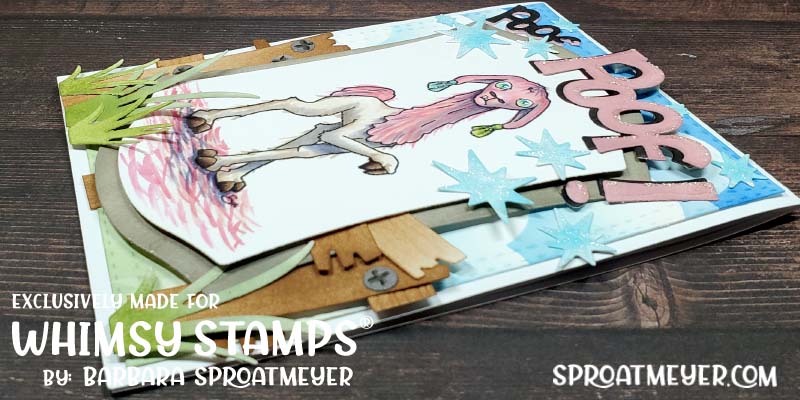With the Sashing, Corner Stones, Borders, Binding and Backing you will need:
White: 3 yards
Black: 2 1/2 yards
Green: 2 yards
A few black, white and green for fun...
Blocks:
Assorted Blacks totaling 2 yards
Assorted Whites totaling 3 yards
Assorted Greens totaling 1 yard
I do plan on using a lot more assorted colors than this breaks down too in fat quarters. I don't want to use each fabric more than 3 times each. I really like the scrappy look and I have plenty of fabric.
You will be making about 7 Blocks with black, white and green
6 - 7 mostly black with white
18 - 19 mostly white with black

This is what the layout will be and it will give you an idea of what we are making. I hope you like it. We still have a lot of fun ahead of us.
This is Martha Washington Star
501 Rotary-cut Quilt Blocks, page 168
501 Rotary-cut Quilt Blocks, page 168

Information on how to choose fabric for a quilt:
Color:
Decide the purpose of the quilt, it will tell you if you want to use pastel or darks, civil war or 30's.
Sometime you have 1 fabric with many colors you can pull from, other time you have to choose varying shades of your fabric.
If you are using prints, make sure you choose small, medium and large prints to add visual interest and depth to the quilt.
And vary the tone of color from light, medium and dark to give depth and contrast to your quilt.
At times I love to use a zinger, one fabric that is bright and bold and stands out from your other fabrics. But be careful, a little goes a long way.
Fabric:
I always use 100% cotton, bought at a good quilt shop for better quality.
Look for patterns that are printed on the grain or crossgrain of the fabric that they at straight.
Check the thread counts. The higher the count the better the fabric and the longer it will last. If there is a count on the bolt, look for about 68 to 78 count.
Check for the detail of the fabric, you don't want to find any problems after you buy it and get it home. Always watch as they unroll the fabric.
When choosing the backing, make sure it is the same quality as the top.
You can test for fabric content by doing a burn test:
Cut a small swatch of each fabric you want to test.
Put it onto a fireproof container and light the corner of the fabric with a match.
smell the odor of the smoke:
Cotton smells like burning paper
Silk doesn't always burn easily and smells like hair or feathers
Polyester has a darkish plume of smoke and smells like a chemical or burning plastic
After the ashes cool:
Cotton ashes are soft and fine and turns to dust when touched
Black, brittle ashes that crush between your fingers indicates wool
Hard lumps are the remains of melted synthetic fibers
You can check the thread if you don't know what it is:
A clump of Cotton thread will ignite when the flame get near
Synthetic fibers curl away from the flame and tend to melt
Linen is similar to cotton, but burns more slowly
Rayon will burn after the flame is pulled away and has an after glow, but it does smell like paper when it is burning
Remember that if you are making a quilt for a child, the polyester or synthetic blends fabric when burning will burn to the skin, so do you really want your child in bed or cover with this when there is a fire?
Fabric Grain:
This refers to the way the threads are arranged in a piece of fabric. It is very important when it comes to cutting your fabric and whether it has been pulled in the print progress. Lets break the thread down:
Warp Threads are stretched on the loom and secured and are the lengthwise grain. The yardage as it comes off the bolt.
Weft Threads are woven back and forth, perpendicular to the warp threads and makes up the crosswise grain.
Straight Grain goes lengthwise and crosswise grain and is called straight or straight of grain, and doesn't stretch very much.
Selvage is that bound edges that runs along the outside edge of the fabric. It is weft thread that is turning to change the weaving direction and should never be used in the quilt. It will shrink and pull. Now they are using this edge as a decoration or trim to a quilt and that is OK.
Fabric Bias is the 45 degree angle to the straight grain and is the bias cut. This is great when doing bias binding or applique, but you do have to be careful when sewing a bias edge because it will stretch on you.

I hope you enjoy this lesson. Be sure to leave a comment or question if you have one and please share you blocks with us by using Mr Links.































































No comments:
Post a Comment